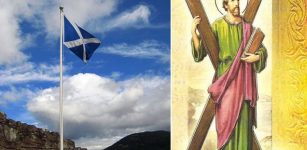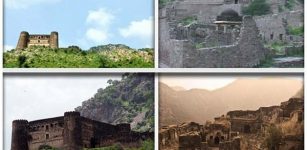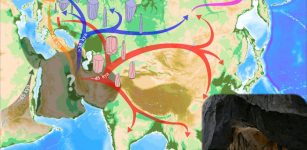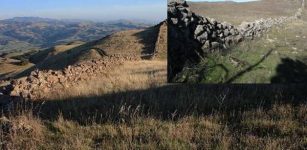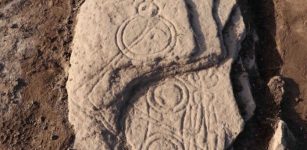Dzibilchaltún: One Of The Most Ancient Mayan Centers In Northwest Yucatan, Mexico
MessageToEagle.com – As many other Mayan archaeological sites, Dzibilchaltun (“place where there is writing on flat rocks”) is a striking place. It does not have huge pyramids like Uxmal or Chichen Itza, but it does have its own unique features.
Dzibilchaltun is a Maya archaeological site, located 15 km (9.3 miles) north of Merida in northwest Yucatan, Mexico, with more than 8000 ancient structures that are already identified by researchers but most of them remain unexcavated.
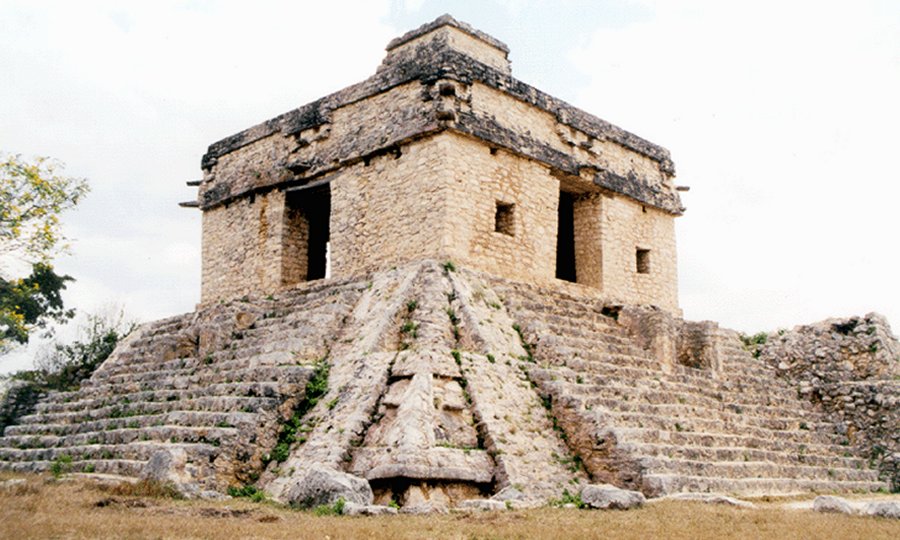
the Maya understanding of the solar system. Credits: Latin American Studies
Once it was a wealthy port, with population of at least 25,000 to 40,000, at its peak, but this population declined as Chichen Itza rose to power. The Maya lived here from at least 500 BC to the time of the Spanish Conquest that took place in the 1500’s.
Small and truncated pyramids of Dzibilchaltun are not as impressive as the Temple of the Seven Dolls (“Templo de las Siete Muñecas”), which was constructed on a pyramid base with one shorter tower on its roof and a stelae in front of the building.
This pyramid was given this particular name due to the discovery of seven small clay figurines (now in a museum), found inside the buried pyramid during archaeological excavation in the 1950’s.
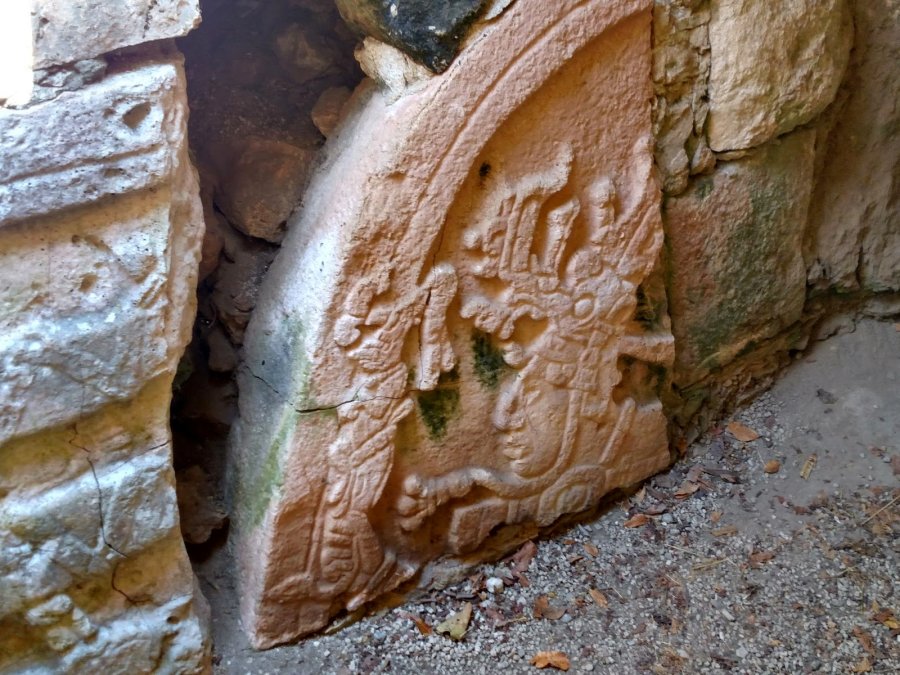
The Temple of the Seven Dolls was discovered beneath a pyramid, which had been built over it around AD 800. On the upper tier of the building, which sits upon a stepped platform 15 to 20 feet in height, there are eight stucco masks of the rain god Chaac, the Maya rain deity, with his lightning axe; Chaac strikes the clouds and produces thunder and rain. This deity matches Tlaloc among the Aztecs.
The temple is also decorated with serpents, glyphs, and beads, sea animals, and feathers, all made in carved stucco.
A great demonstration of the Mayan’s high level of astronomical knowledge is clearly seen in architecture of this civilization. The orientation the Temple of the Seven Dolls strongly suggests that structure along with its platform that has an open view of all points east to west, was used for astronomical observations.

Twice a year, during the Spring and Autumn equinox, the sun’s rays pass through the portal in the Temple of the Seven Dolls. The light illuminates a precisely placed stela, marking the first day of the year.
See also:
Lamanai, Belize: One Of The Largest And Oldest Maya Cities Dated To 1500 BC
Mystery Of The Maya Blue Pigment And Its Unusual Chemical Composition
Ancient Ruins Of Xunantunich – Mayan City That Once Flourished
Magnificent Pyramid Of The Magician – The Tallest Structure In Ancient City Of Uxmal
It was used by Maya astronomers to predict when the seasons would come and go, useful for agricultural planning.
Since corn remained a major part of the Maya diet, this event had great significance to the Maya as it represented the beginning and end of harvest season honoring Yum Kaax, the Maya god of corn.
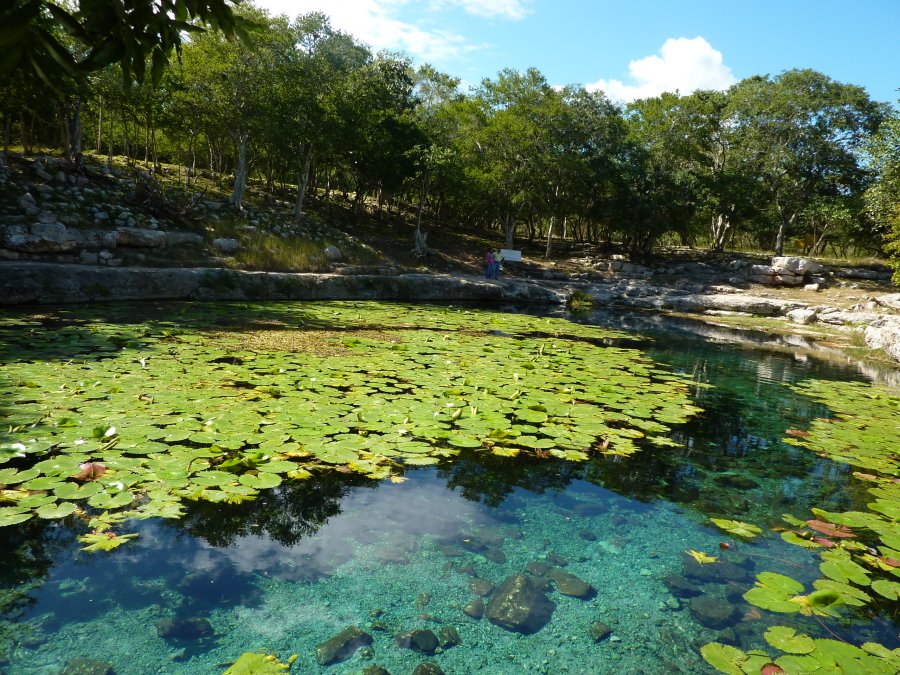
The Maya considered underground aquifers ‘cenotes’- sacred and sometimes, they threw sacrificial victims into the larger ones, especially during times of drought, in order to appease Chaac and bring rain. They were also considered to be gateways to the underworld.
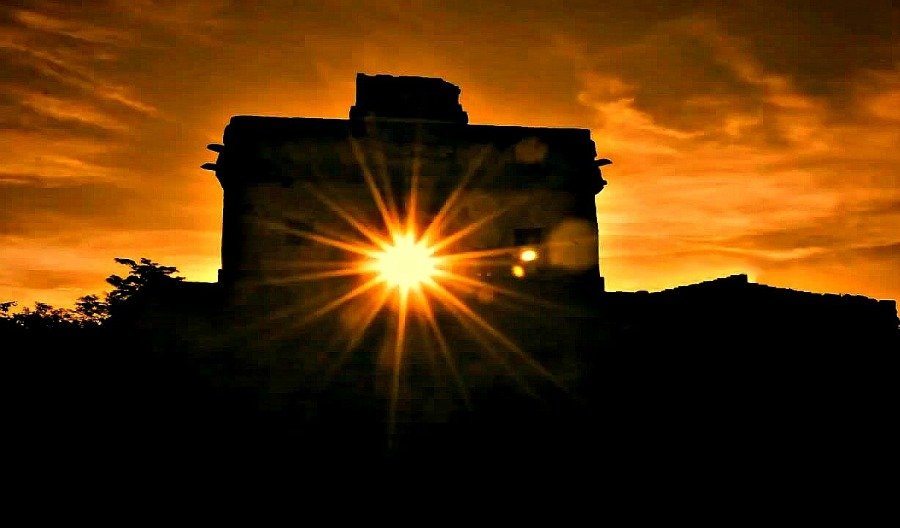
Dzibilchaltun’s main source of water supply and the center of a religious cult., was Cenote Xlacah (‘Xlakah’ means “old town” in Maya), located around the center of the city’s ruins.
The cenote with depth of 44 meters (144 feet) was explored during the 1950´s by a group of scientific investigators headed by A Maya archaeologist, E. Willys Andrews, under the sponsorship of Tulane University.
The excavations revealed bone artifacts, human bones, urns, thousands Mayan ceramic shards dated to the Late Classic Periods of 600-1000 AD.
MessageToEagle.com
Expand for references


